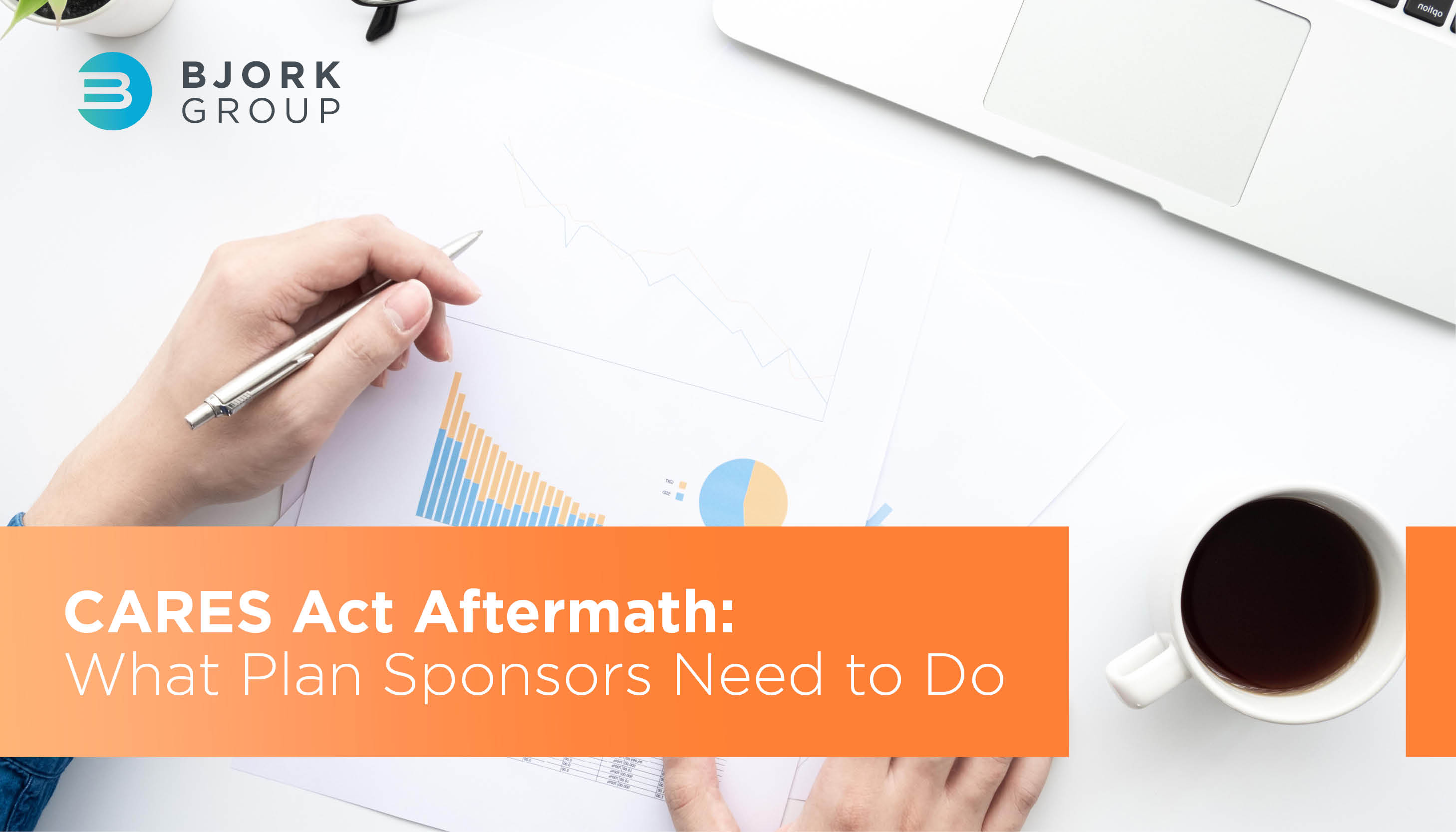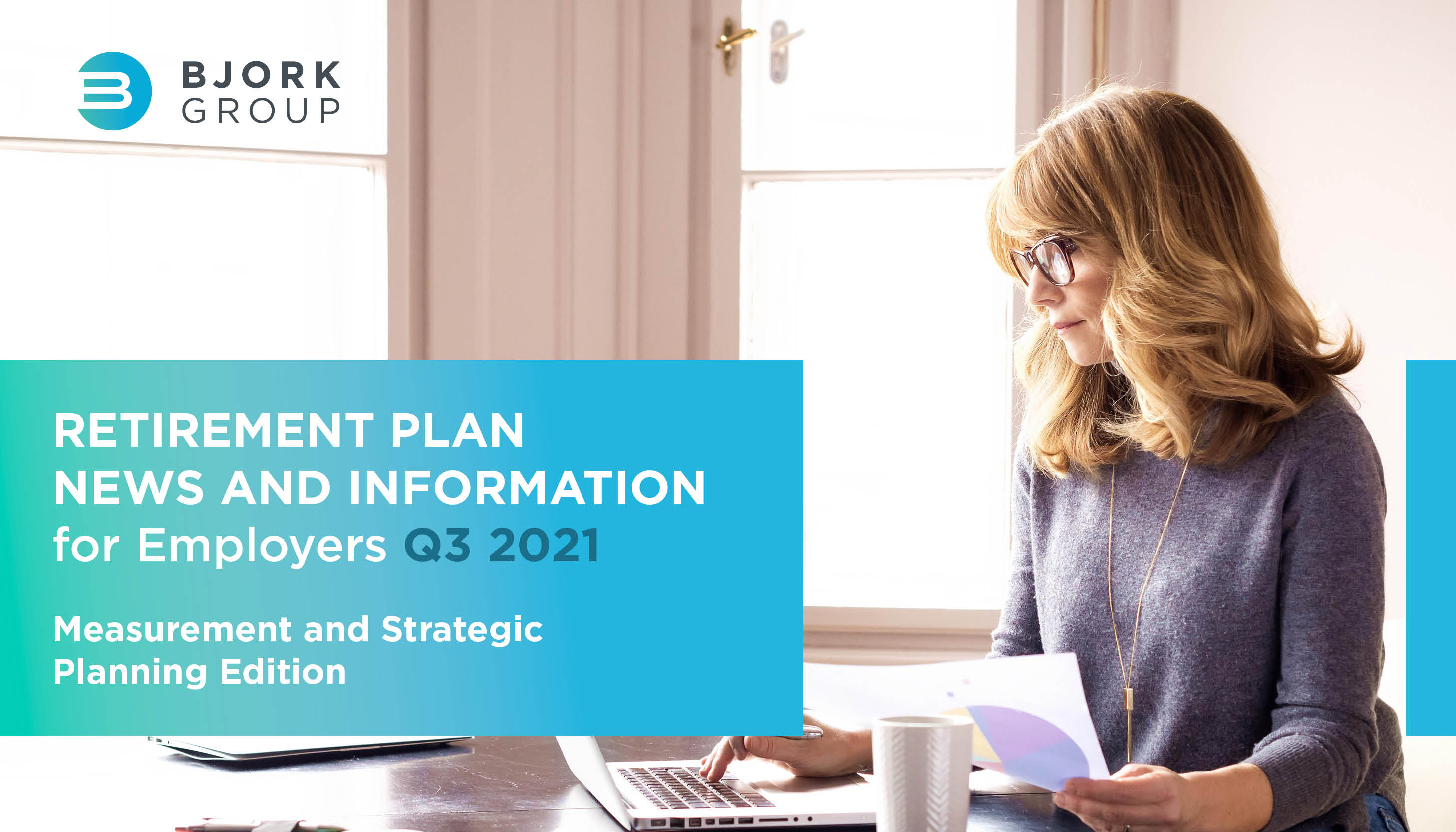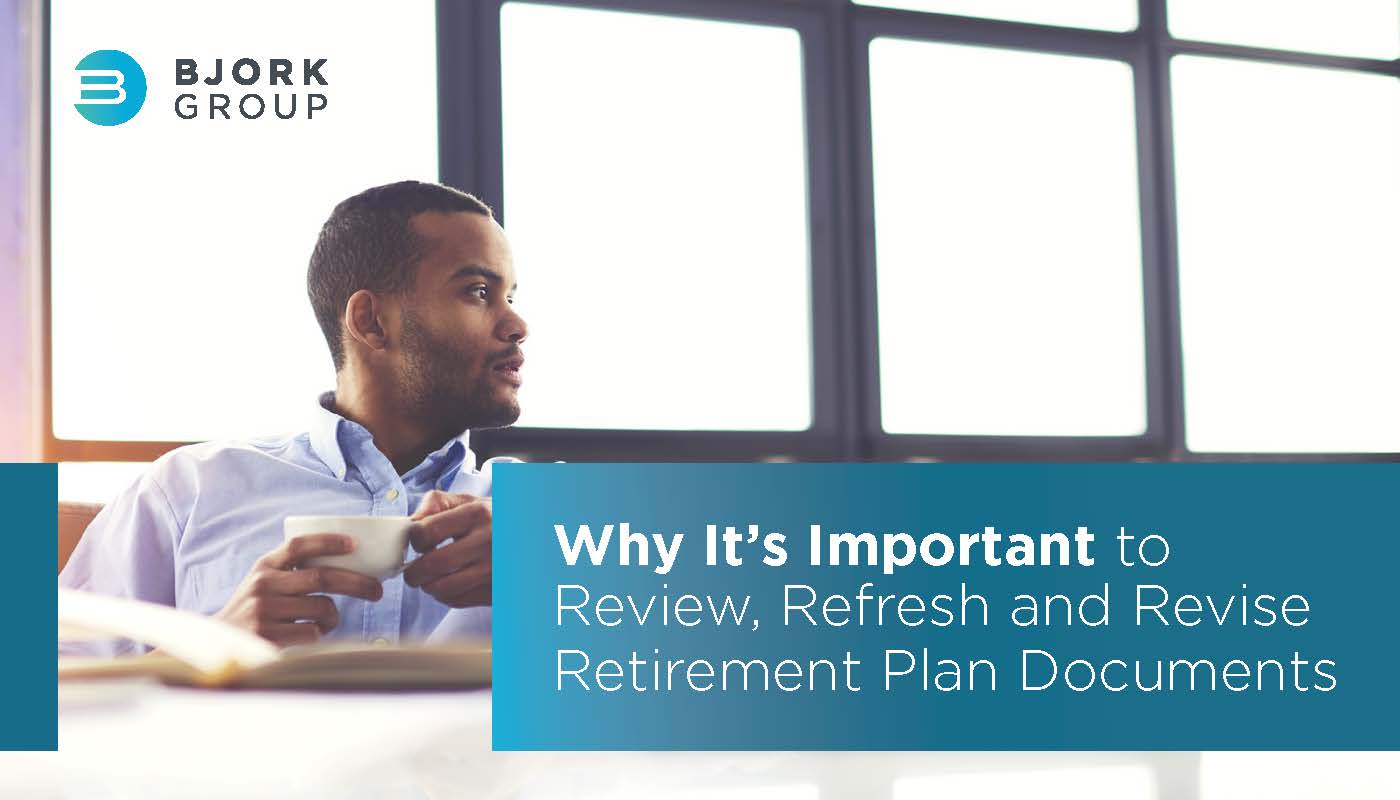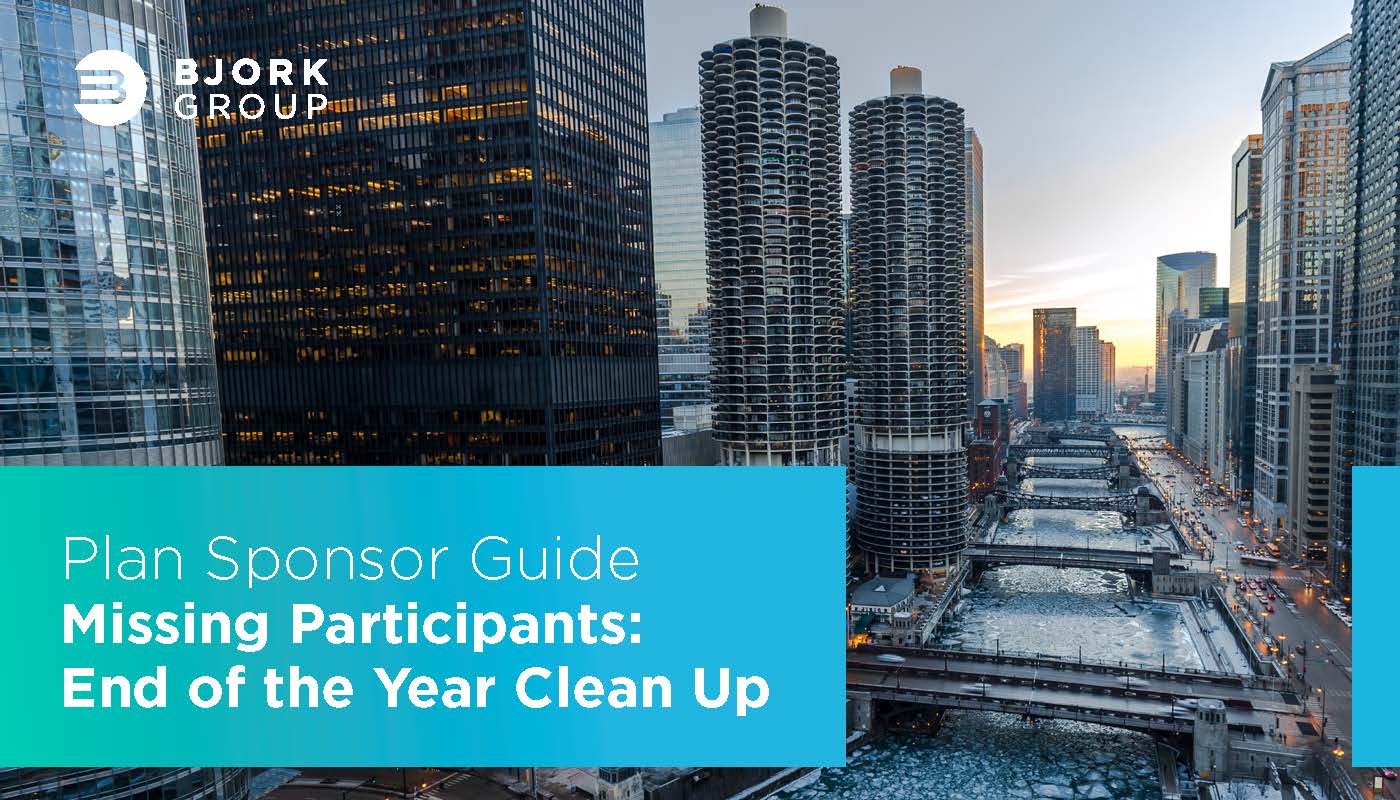Questionnaire: Do You Know the Different Types of Workplace Retirement Plans?
- Bjork Group

Help your employees save with a plan that fits your unique organization! Each type of retirement plan comes with its own set of features and tax advantage strategies for employees and employers.










